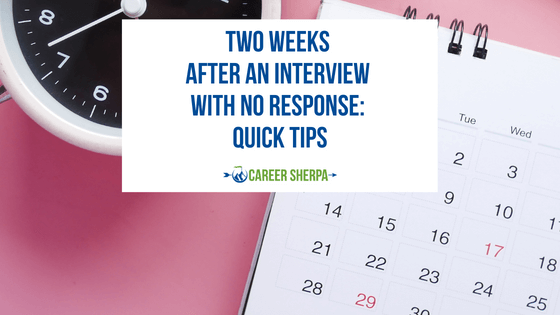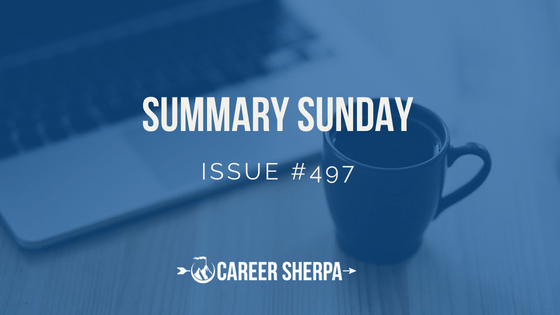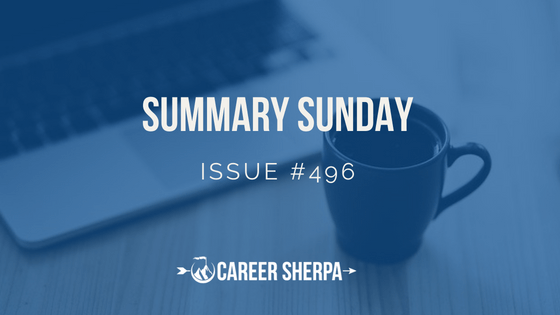4 Myths About Job Hunting During A Recession

The COVID-19 crisis has sent the economy into a recession and impacted numerous careers. Although people are naturally on edge right now, it’s important to know that while searching for a job during a recession isn’t easy, it’s not impossible.
As a result of the COVID-19 crisis, millions of people quit their jobs or were laid off by their employers, and many are still struggling to find a job. There are record levels of competition for open positions. If you want to stand out to employers, you need to be prepared for the job search process.
Here are four common myths about the job search process during a recession, and what you should do to land a job in hard times.
Myth #1: No One Hires During A Recession
Businesses are always hiring!
There are some businesses that are greatly impacted by recessions that will reduce staff and implement hiring freezes, and others that will slow their hiring, but in general there’s always some need to hire people as a result of vacancies and retirements. In addition, there are some industries that continue to do well in a recession.
However, while businesses are still hiring during a recession, the job competition will be greater and you’ll need to work harder to market yourself as an employee worth hiring. There are multiple ways you can make yourself a better candidate. This includes finding ways to upskill, networking, improving your resume, and writing a disruptive cover letter.
Myth #2: No One Will Hire You After Getting Laid Off

Layoffs are a fact of life and businesses realize that.
But from a competition standpoint being laid off puts you at an initial disadvantage. Layoffs are common during a recession. This increases competition because of the number of people in the job market in need of work.
If you’re laid off, you have to work even harder to market yourself to potential employees. But at the same time, you don’t want to come across as too desperate. Like with any job search, do your research and leverage your professional network whenever you can.
You may also want to consider which industries are still hiring during the recession and taking a job in one of those industries to hold you over. There’s no shame in working outside of your desired industry. There may even be benefits to it.
Given the circumstances of COVID-19 and the recession, future employers will understand the career detour.
Myth #3: If You’re Over 50, You Won’t Get Hired

Age discrimination is a topic that comes up from time to time but in reality it’s actually called experience discrimination.
People over the age of 50 are staying in the workforce a lot longer but have to compete with millennials and Gen Z that make up more than half of the workforce. These younger generations are highly skilled, tech savvy, and a lot cheaper to employ.
This means that anyone over 50 looking to get hired needs to work even harder to get noticed. You need to clearly understand and sell what it is that you do well (your specialty). You also need to invest in yourself and be willing to upskill whenever you can.
Myth #4: You’ll Have To Take Less Money

Finding a job during a recession doesn’t mean an automatic pay cut!
Recession or not, you should prepare for a typical salary negotiation process. Do your research and have an idea of the competitive rate for the position you’re pursuing.
If you’ve settled on a salary range, be ready to prove to the company why you would be worth the investment. You can do this by demonstrating why you’d be a valuable asset to the company and how your unique skills/experiences will make you the best fit for the role.
It always comes back to marketing yourself.
Recessions come and go and we will get through this one! Recession or not, one thing about the job search process remains trueâyou have to work hard and be your own best advocate.
Need more help with your job search?
We’d love it if you signed up for Work It Daily’s Event Subscription! Get your career questions answered in our next live event!
This article was originally published at an earlier date.
































